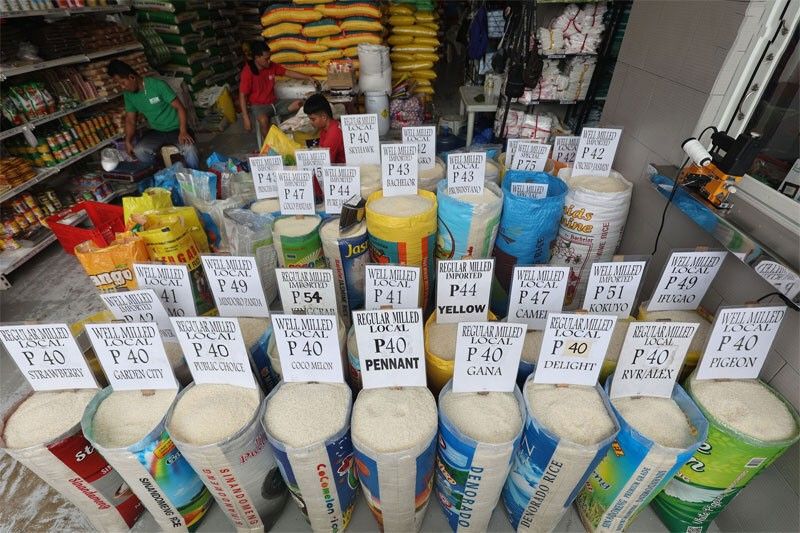Philippines eyes full rice self-sufficiency by 2027

MANILA, Philippines — The Philippines is seeking full rice self-sufficiency in four years even as the country faces a looming crisis on its staple commodity.
In a statement yesterday, the Department of Agriculture (DA) said it is seeking 100-percent rice self-sufficiency by 2027 through its Masagana Rice Program 2023-2028.
Under the five-year program, the DA aims to stabilize the country’s rice supply from 24.99 million metric tons to 26.86 million MT.
It also eyes to lower rice inflation to less than one percent annually, increase farmers’ income by 54 percent and ensure sufficient rice buffer stock through the National Food Authority (NFA).
The DA identified four key strategies to shore up production: climate change adaptation, farm clustering and consolidation to promote convergence of interventions, value chain approach and digital transformation of the Philippine rice industry.
An iteration of the Masagana 99 program of the late former president Ferdinand Marcos Sr. from 1973 to 1984, the DA launched Masagana 150 and 200 last October to increase rice production by providing farmers high-yielding rice varieties.
Masagana 150 seeks to achieve the 7.5 tons of inbred rice per hectare yield, equivalent to 150 cavans at P8.38 production cost per kilo, while Masagana 200 aims for a yield of 10 tons of hybrid rice per hectare, or 200 cavans at a production cost of P7.82 per kilo.
In a statement, Bantay Bigas spokesperson Cathy Estavillo said rice self-sufficiency could only be achieved if the government would not rely on importation.
“Due to Republic Act (RA) 11203, or the Rice Liberalization Law, rice self-sufficiency is impossible if rice is still imported. The government should not rely on importers to stabilize supply and prices,” Estad.
If the government is serious in achieving self-sufficiency, Bantay Bigas said it should repeal the Rice Liberalization Law, which removed government controls over rice imports and fully liberalized the rice trade.
“Bring back the regulatory power of the NFA not only in buffer stocking, but also in allocating a larger budget to buy rice from farmers and provide aid and subsidies,” Estavillo said.
For the Federation of Free Farmers (FFF), rice self-sufficiency will not be achieved if production costs remain high, coupled with excessive importation.
“Assuming we attain self-sufficiency, if our cost of production remains high, cheaper imports will still come in, resulting in a glut that will depress local prices and discourage farmers. Eventually, self-sufficiency will not be sustained. But if we become competitive and productive, it will be very possible to achieve self-sufficiency and even export,” FFF national manager Raul Montemayor said in a text message.
Last year, palay production decreased to 19.76 million MT from the record high of 19.96 million MT in 2021.
To address the supply gap, the country imported a record high of 3.8 million MT of rice last year, a majority of which were sourced from Vietnam. This was 38 percent higher than the 2.7 million MT of rice imported in 2021.
The United States Department of Agriculture has raised its forecast on the country’s rice importation to 3.8 million MT this year to address the projected production shortfall owed to typhoons and lower fertilizer use. – Bella Cariaso
- Latest
- Trending



























